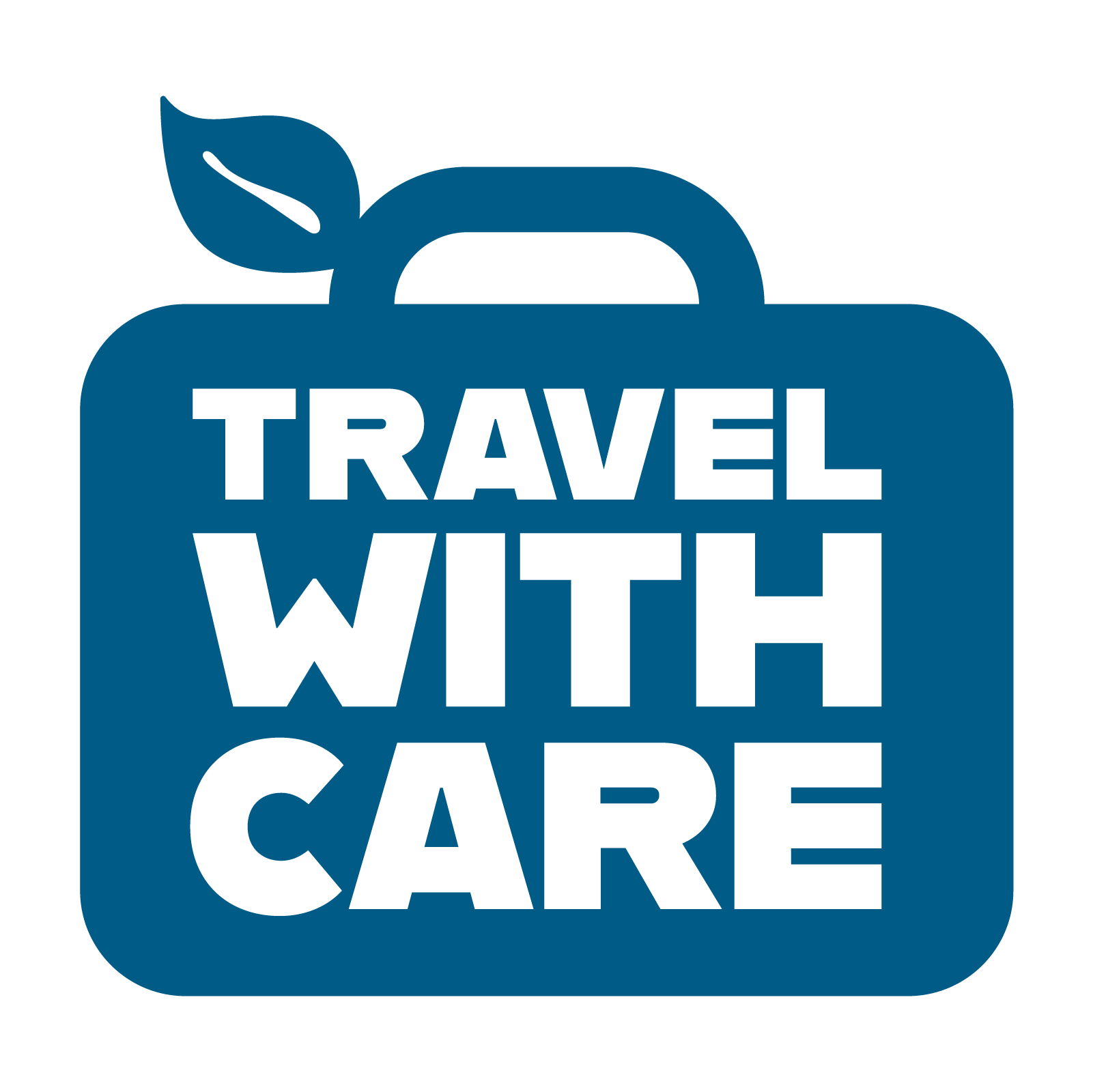
10 Jun How to Encourage Shoulder Season Travel
Make shoulder season the smart season.
Overtourism in peak months strains local infrastructure, diminishes visitor experience, and places unnecessary pressure on the environment and host communities. Encouraging travel during the shoulder season can reduce these impacts while extending the economic benefits of tourism. The shoulder season is those quieter months between peak and off-season (if there even is an off-season).
Visit Greenland shifted the perception that winter and shoulder months are uninviting. Instead of deterring travelers from the colder, darker months, they promoted Northern Lights viewing as rare and magical experiences. Their article on the best time to visit Ilulissat highlights spring and fall as peaceful, culturally rich periods, with fewer crowds and authentic encounters.
The Sedona Chamber of Commerce and Tourism Bureau launched their “Sedona Secret 7” campaign, spotlighting lesser-known trails and attractions, especially during shoulder season. They also urge visitors to come in fall and early spring when trail traffic is lighter and temperatures are milder.
Venice’s tourism board launched campaigns like #EnjoyRespectVenezia, which encouraged travel during quieter months and included a digital calendar showing when the city is less crowded. More recently, they began testing a visitor booking system and charging access fees during high-traffic days, while promoting cultural events in off-peak periods to shift demand.
Below are some tips DMOs can adopt to encourage traveler to visit during the shoulder season:
- Emphasize unique natural phenomena, seasonal culinary experiences, or cultural festivals that occur outside the peak period.
- Feature local voices and visitor testimonials to reframe what travelers can expect during these months.
- Promote lesser-known experiences and areas through maps, itineraries, and interactive content.
- Clearly connect shoulder season travel to benefits like reduced trail erosion, less waste, and better wildlife protection.
- Provide real-time or seasonal crowd data so visitors can plan around congestion.
- Schedule or promote cultural programming during the shoulder season to draw interest.
- Offer discounted tours, lodging, or bundled experiences in shoulder months.
To normalize shoulder season travel, DMOs must position it as the smarter, more meaningful, and responsible choice. By investing in messaging, storytelling, and demand management tools, destinations can extend their tourism calendar, ease pressure on their resources, and enhance both resident and visitor satisfaction.

